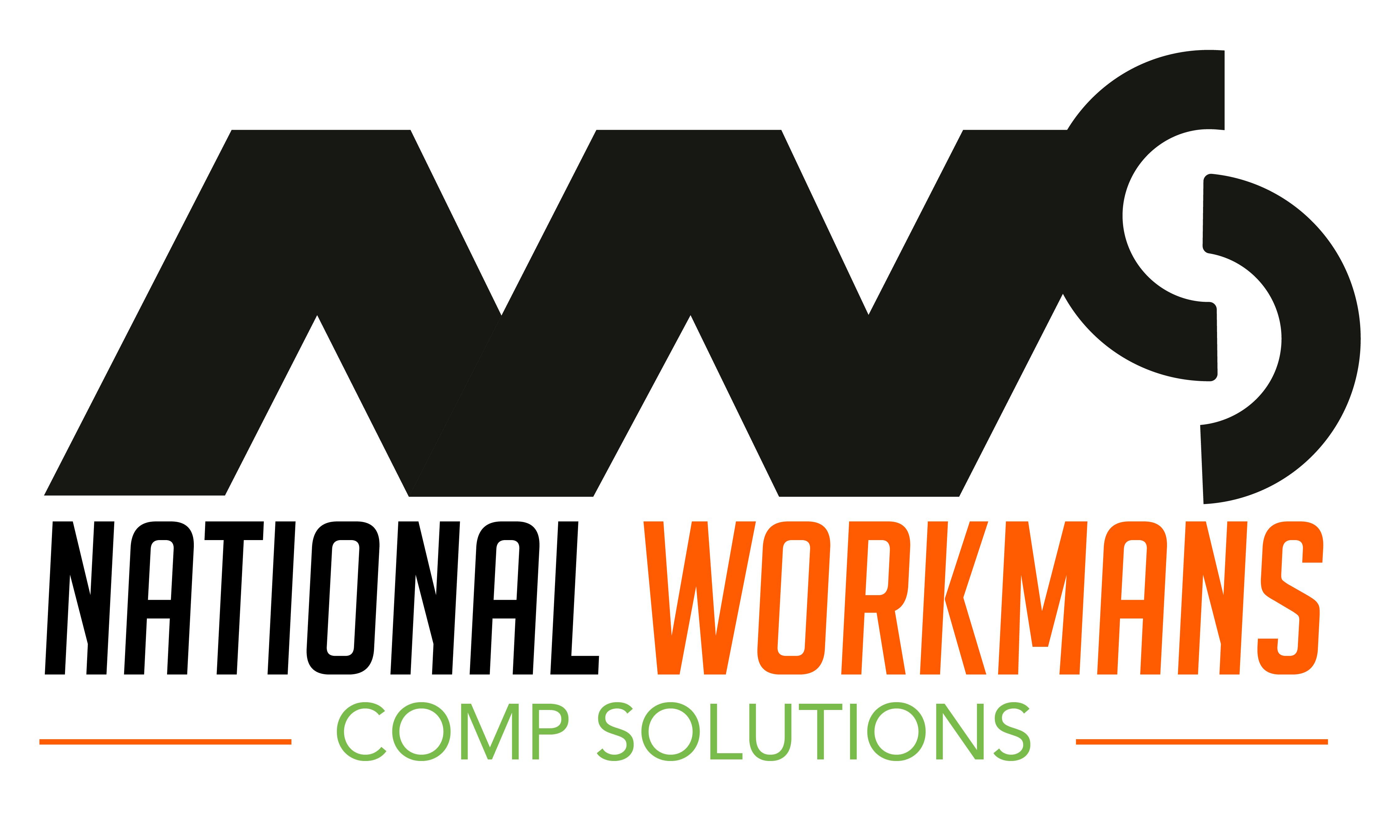If you’re thinking of outsourcing HR at your business, you’ve come to the right place. With so many services available, and all the acronyms going around, it can be challenging to know what’s best for your company.
This article will make a comprehensive comparison of HRO, ASO, and PEO human resource solutions. So, keep reading to learn everything there is to know about these services.
What is a PEO?
A PEO is a Professional Employer Organization. A licensed PEO company and business (client) have a co-employment relationship. The PEO company becomes the employer of records.
This means they assume and manage employer-related responsibilities, including:
- Payroll
- Tax compliance
- Human resources
- Workers’ compensation
- Employee benefits
- Risk management
- Health insurance policies
Businesses that work with a PEO have less than 20 employees. For companies that are consistently growing, a PEO isn’t the best choice. PEOs aim their technological solutions at helping smaller companies. So, they won’t provide the same level of service to your business as you grow.
PEO account managers usually have between 40 and 70 clients. Thus, they are working with multiple businesses at a time. For small businesses, this isn’t a problem. But as you grow, you need someone who is more hands-on with your business.
What Is an ASO?
An ASO is an Administrative Service Organization. It also means Administration Services Only or Administrative Services Outsourcing.
An ASO is almost the same as a PEO.
However, your business retains its unique tax ID number using an ASO. That means your company keeps its employer record status. Therefore, you will still report and file taxes under your Federal Employer Tax Identification Number (FEIN).
Some businesses prefer not to have a co-employment relationship for a few reasons.
ASO solutions are great for companies that have between 40 and 75 employees. They can offer lower SUTA rates. SUTA is the state unemployment tax rate.
Sometimes they can offer better health insurance benefits for your employees too. ASO can help access benefits products. But ASO solutions cannot customize their benefits packages.
For businesses that will exceed 100 employees, ASO will not be the best choice.
What Is an HRO?
HRO means Human Resource Outsourcing. An HRO provider can service all of a business’s human resources needs. HROs maintain compliance and maximize efficiency using strict guidelines.
The HRO model usually focuses on specific HR tasks based on the HRO provider’s experience and specialty. Companies use HROs for complicated HR strategies or to supplement an overworked HR department. In addition, they can offer customized services based on your business’s specific needs.
HRO providers also offer advanced technology platforms to simplify these complex HR processes. They usually provide HR managers too.
Companies that work with an HRO have between 75 and 6,000 employees. These businesses already have internal staff and technology to manage most of their HR tasks. Yet, they still need outside assistance. An HRO can provide the expertise they need.
As mentioned, different HROs vary in their experience and business specialties. So, it’s essential to research HRO providers before choosing one.
Benefits of an HRO, ASO, and PEO
Regarding the HRO vs. ASO vs. PEO debate, each option offers unique benefits for different businesses.
Of course, they all free up time for organizations. Key leaders have more time to focus on the core business activities. They no longer have to be an expert at everything business-related.
Employment-related and administrative tasks take away from revenue-generating activities. Outsourcing HR increases productivity. Even with the costs of outsourcing HR, the long-term profitability is noteworthy.
And, you have a trusted organization helping with managing your employees. With professionals handling your HR department, more employee benefits options become available. This is especially true for small businesses.
Types of employee benefits with HR outsourcing include health insurance, a 401(k) retirement plan, and financial savings plan options.
Additionally, any HR service will assist your business in remaining compliant with changing rules and regulations.
PEO Benefits
The most significant benefit of a PEO is the co-employment relationship. Your business will transfer all payroll processing and tax compliance responsibilities to someone else.
Additionally, you go under the PEO’s SUTA rate. This is excellent for companies with a high turnover rate. Yet, it is essential to remember that your SUTA will reset to your state’s mandated amount if you leave the PEO.
For companies consistently growing, this means after leaving the PEO, your SUTA will be higher for ten consecutive quarters. This is one of the reasons why PEOs are not a good choice for companies seeing consistent growth.
Another benefit is you go under the PEO’s workers’ compensation policy. Thus, you don’t have to partake in audits or premium deposits. If there is a decrease in workers’ compensation rates, the PEO will pass the savings to you.
PEO solutions have health insurance plans and benefits products. As a result, small businesses often see savings using a PEO, as long as they remain small.
Retaining Employer of Record
If you want a solution that doesn’t provide an employer partnership, you should consider choosing between HRO vs. ASO. As mentioned, there are a few reasons why a company doesn’t want to give up its control as the employer of record.
The first is that it can confuse employees. The name on their paycheck and benefits documents will be the PEO’s.
The second is that PEO’s offer a one-size-fits-all solution. Small businesses find value in these benefits. But for growing and larger companies, this solution doesn’t work. Retaining the employer of records means you control your employees’ benefits.
Whether it’s their health insurance, retirement plans, or workers’ compensation, you get to customize what you see as best for your employees rather than the PEO.
In today’s competitive hiring economy, more businesses want to offer personalized benefits to employees. But, unfortunately, you cannot do this if you relinquish your employer of record.
HRO and ASO Benefits
Using an ASO is excellent for companies who want to gain service and expertise without losing their employer of record status. It’s a popular option for small and growing businesses.
Those who choose to work with an ASO get to keep their current employee benefits, workers’ compensation, broker, and SUTA rate. For businesses with low employee turnover, this is beneficial.
With an ASO, you still have professionals to help you with unemployment claims and administration as they happen.
As with an ASO or PEO, an HRO will also assist with navigating employee-related laws and regulations. Staying on top of these laws and regulations is a complicated task.
If you’re a larger or more established company, you still benefit from using an HRO. Having an in-house team is costly, time- and energy-consuming. Plus, as you grow, the success of your business will depend more on its human resource policies and procedures.
Even if a PEO or ASO isn’t for your business, everyone can benefit from an HRO. It eases the stress of critical decision-makers and raises your bottom line. However, an HRO doesn’t usually manage benefits, taxes, or payroll issues.
You get to remain in control of these business aspects while gaining valuable HR resources.
Let’s Talk About the Costs
Of course, HRO, ASO, and PEO services aren’t free. But, in the long run, they offer excellent returns to companies who use them.
PEO providers calculate their fees as a percentage of payroll. This could be on a per-employee per-month (PEPM) basis of between 2% and 12%.
Conversely, ASOs usually charge a flat rate per employee and per service. Thus, the initial costs of an ASO solution may exceed that of a PEO solution.
HROs offer different pricing depending on the services you require. Sometimes they use a PEPM model, fully-fixed pricing for services, or fixed-based plus variable adjustments. To get more accurate pricing, you need to speak with an HRO provider.
What Is an HRIS?
There is one final option you can consider for outsourcing HR. It’s a Human Resources Information System (HRIS). An HRIS is different from the other solutions because it’s an all-in-one software.
The software streamlines transactional admin HR tasks. It should support the entire employee lifecycle. It starts with recruitment, goes to hiring and benefits, time management, and termination.
HRIS software doesn’t provide employee benefits. Yet, it can handle administrative tasks connected to providing, enrolling in, and managing benefits.
Some HRIS software providers charge on a PEPM basis. Others provide the software as part of their value proposition for free or at a reduced price. It depends on the first point of access.
If you choose to use HRIS software for your business, you still need to work with a benefits broker. This ensures you provide health and other worksite benefits to your employees.
Outsource Your HR Department Today
Human resources can be a problematic department to navigate for business owners. That’s why there are so many outsourcing services available. Fortunately, now you have a better understanding of HRO, ASO, and PEO solutions.
To explore your outsourcing options, get an instant quote from us at National Workmen’s Comp Solutions. Our business experts will talk you through tailor-made strategies to reduce administrative workload and costs.


 November 18, 2021
November 18, 2021 Blog
Blog 









